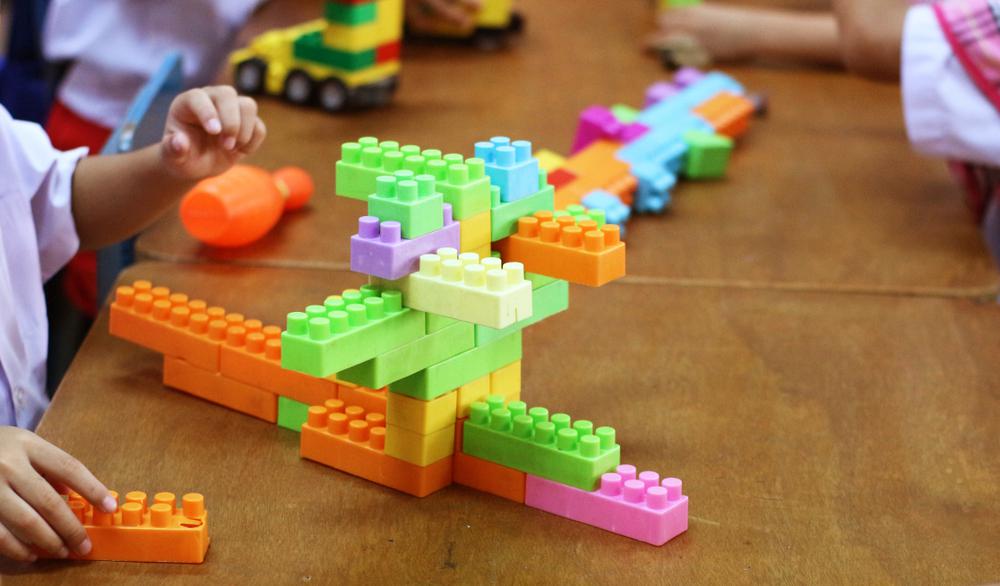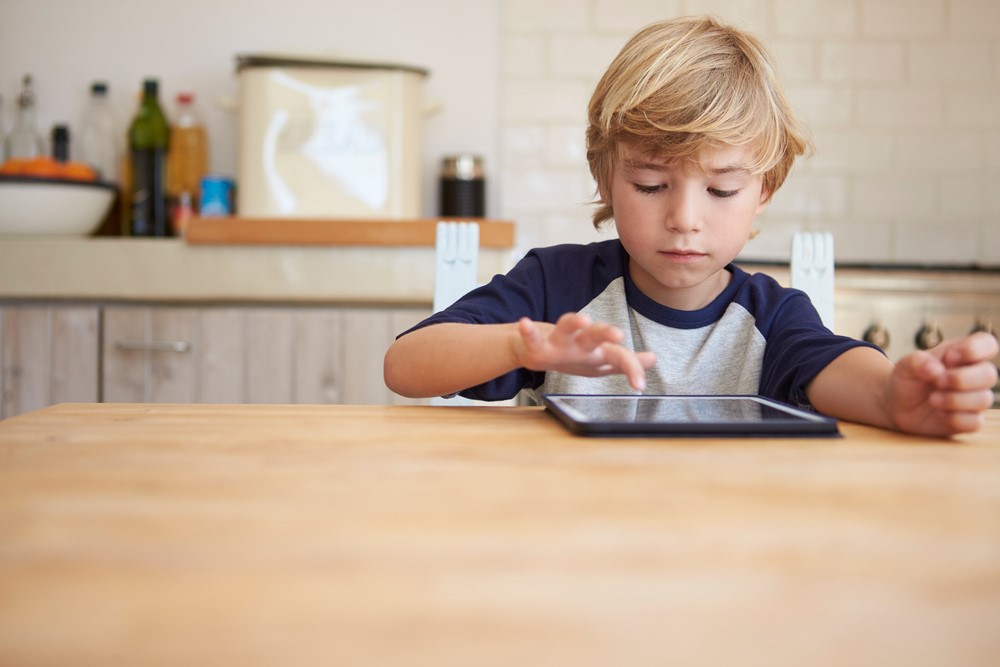Strategic thinking development Worksheets for Ages 6-7
10 filtered results
-
From - To
Nurture your child's cognitive skills with our Strategic Thinking Development Worksheets for Ages 6-7. Designed by educational experts, these engaging printables foster critical thinking, problem-solving, and logical reasoning. Children will enjoy solving puzzles, mazes, pattern recognition activities, and more, all tailored to their developmental stage. Perfect for classroom use or at-home learning, our worksheets make strategic thinking fun and accessible. Equip your child with essential skills that build a strong foundation for future learning and everyday decision-making. Discover the joy of learning with our strategic thinking worksheets, and watch your child thrive.
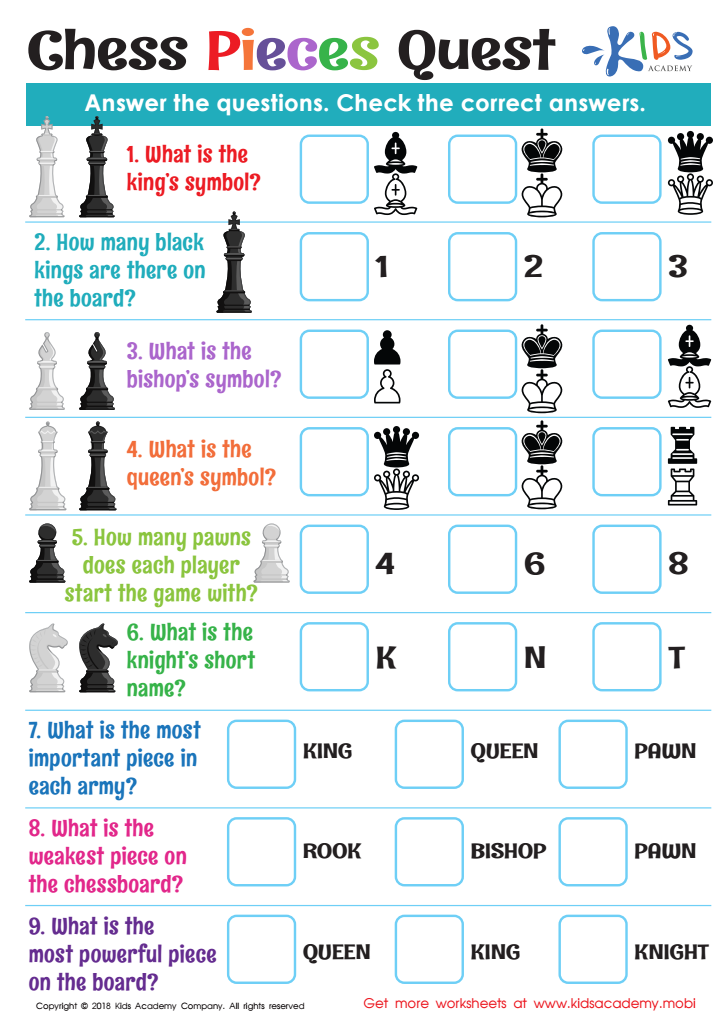

Chess Pieces Quest Worksheet


Notation of Moves Writing it Down Worksheet
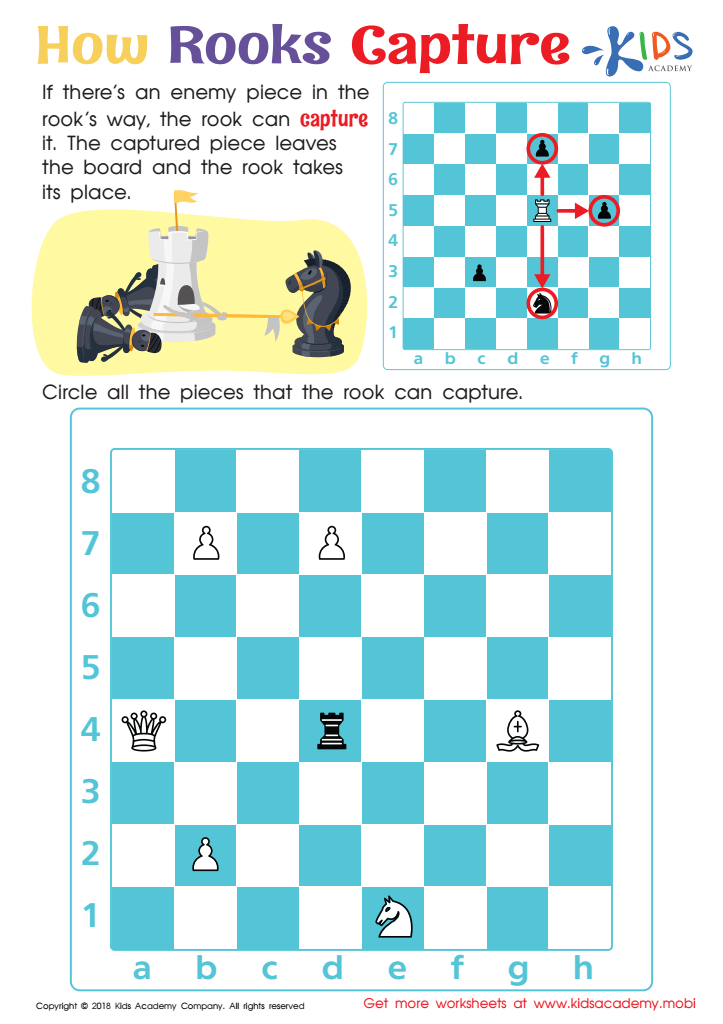

How Rooks Capture Worksheet
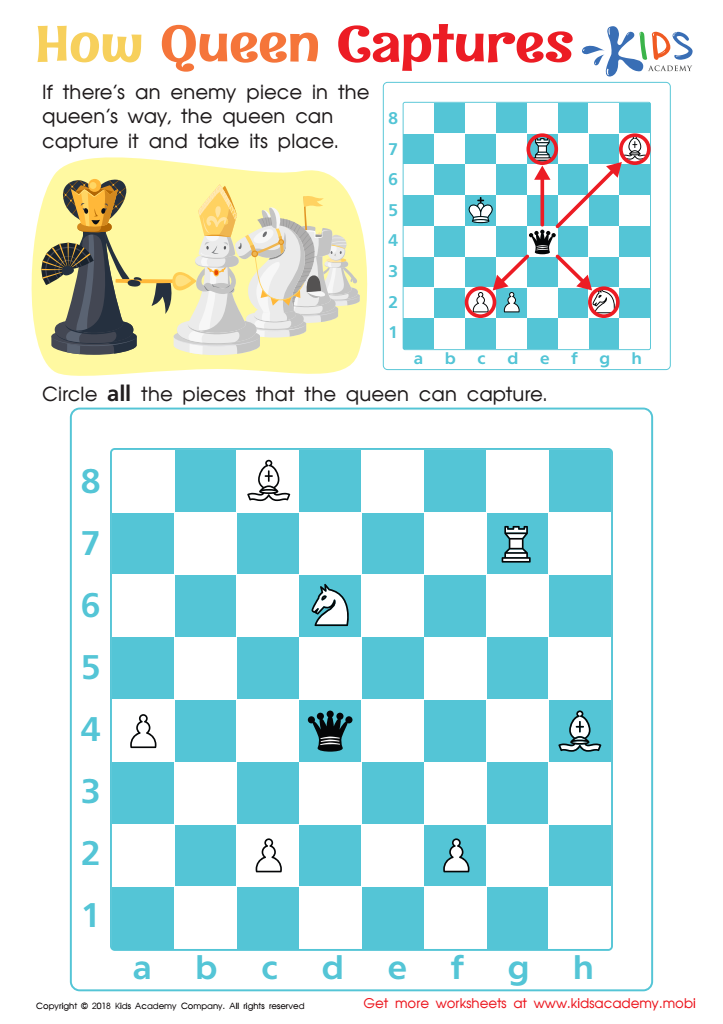

How Queen Captures Worksheet
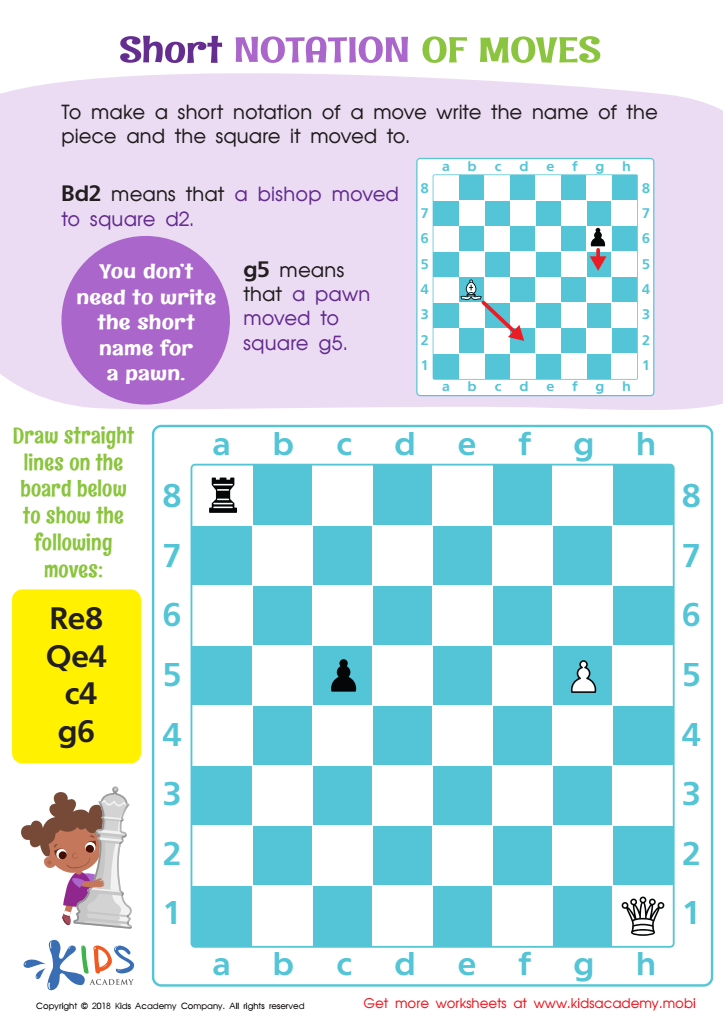

Short Notation of Moves Worksheet
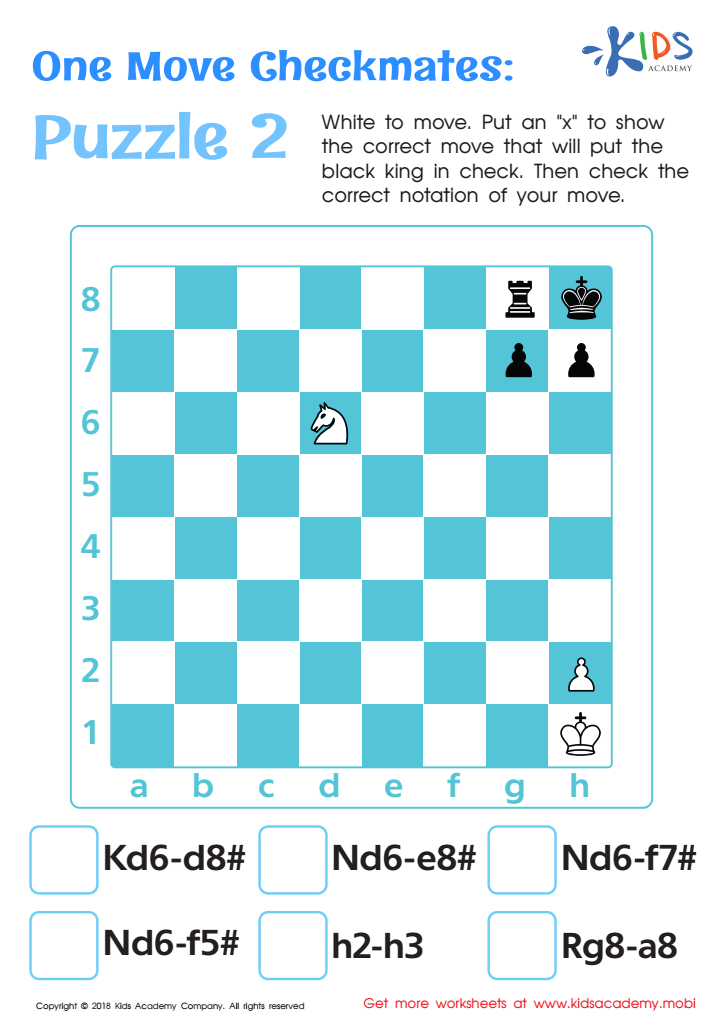

One Move Checkmates: Puzzle 2 Worksheet
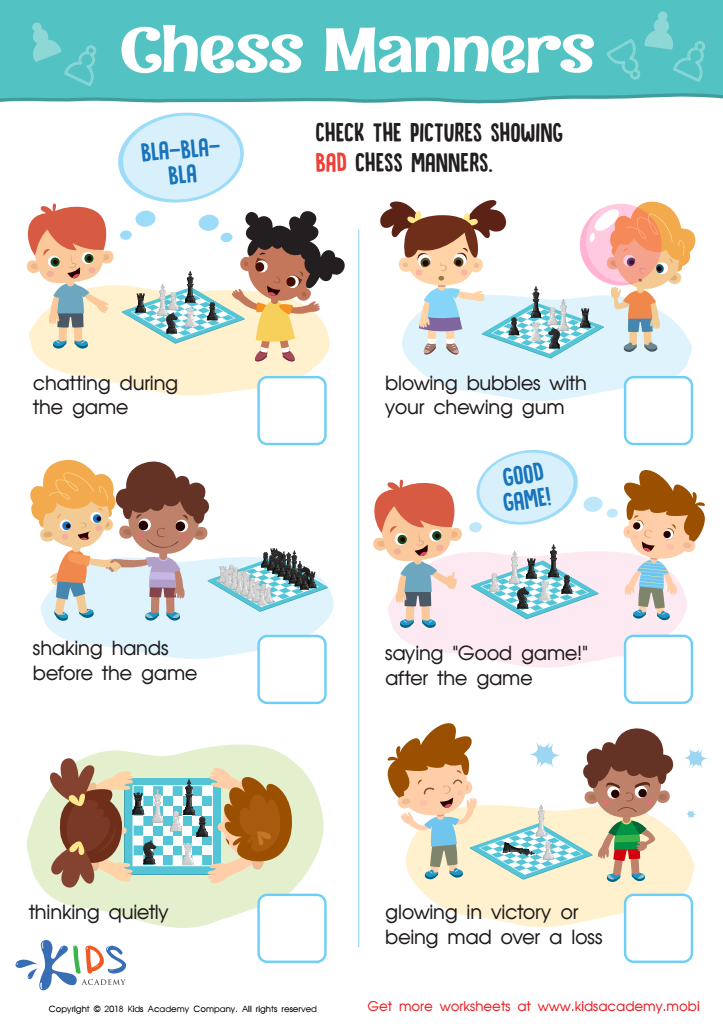

Chess Manners Worksheet
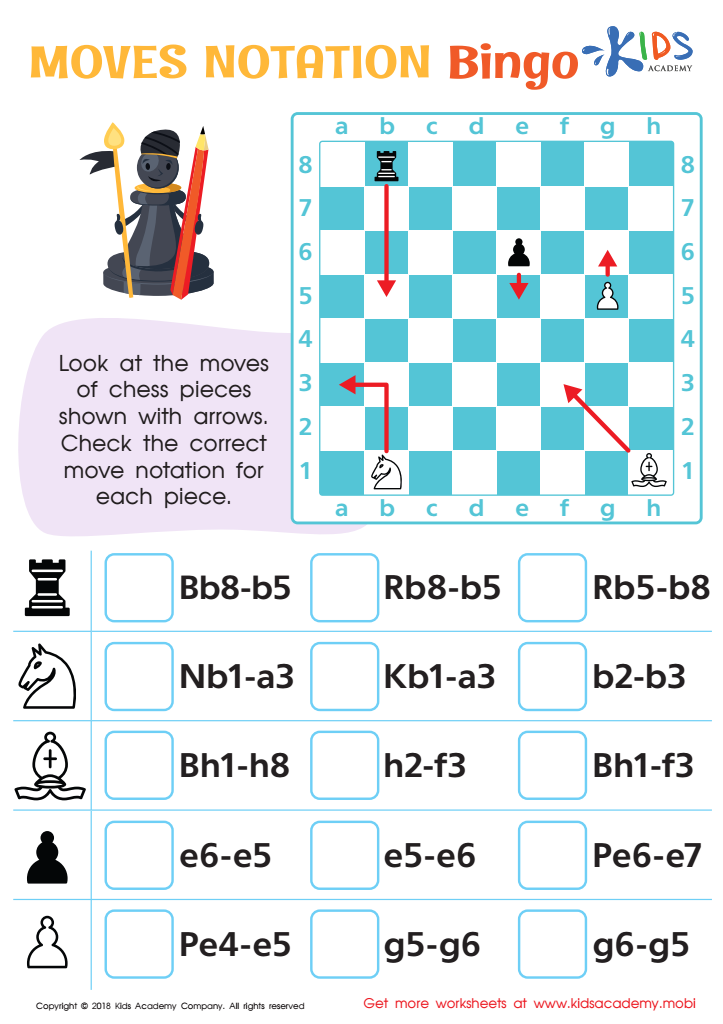

Moves Notation Bingo Worksheet
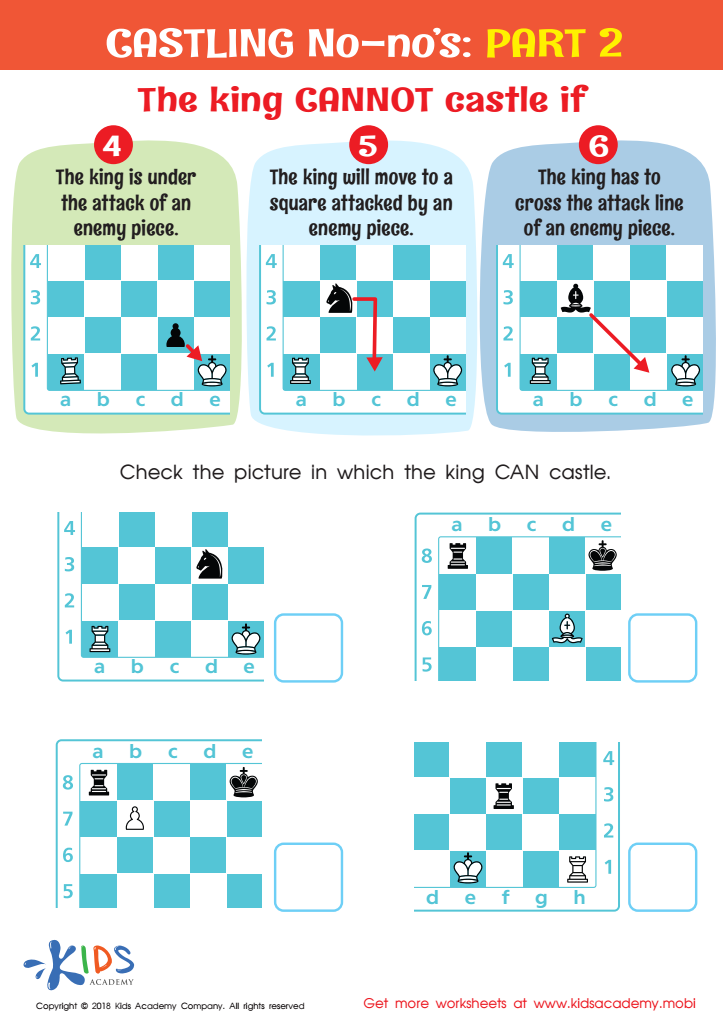

Castling No - no's: Part 2 Worksheet
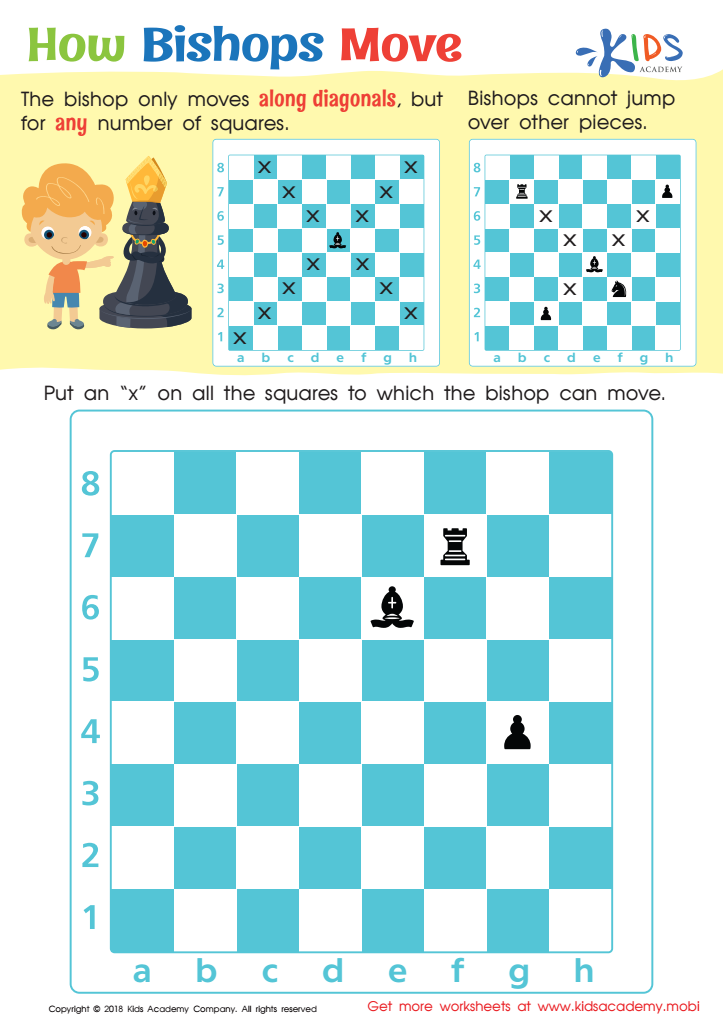

How Bishops Move Worksheet
Strategic thinking development for children aged 6-7 is crucial because it lays the foundation for essential life skills that will benefit them in their academic and personal lives. At this formative stage, children's cognitive abilities are highly influenced by their experiences, and fostering strategic thinking helps enhance their problem-solving, decision-making, and planning skills. These skills are not only critical for academic success but also for navigating everyday challenges and social interactions.
Strategic thinking encourages children to consider various solutions and outcomes before taking action, promoting patience and improved critical thinking. This development can boost their ability to analyze situations, anticipate consequences, and create effective strategies, contributing positively to their self-confidence and autonomy. Moreover, it teaches them perseverance and resilience as they learn to evaluate and modify their approaches when faced with obstacles.
Parents and teachers play a vital role in this developmental stage by providing age-appropriate activities that require planning, such as puzzles, strategic games, and goal-setting exercises. Positive reinforcement of these skills in a supportive environment allows children to experiment, make mistakes, and learn from them. Early emphasis on strategic thinking equips children with a toolkit for lifelong learning and adaptation, essential attributes in an ever-changing world. Therefore, investing in strategic thinking development is an investment in a child's future success and well-rounded development.

 Assign to My Students
Assign to My Students




